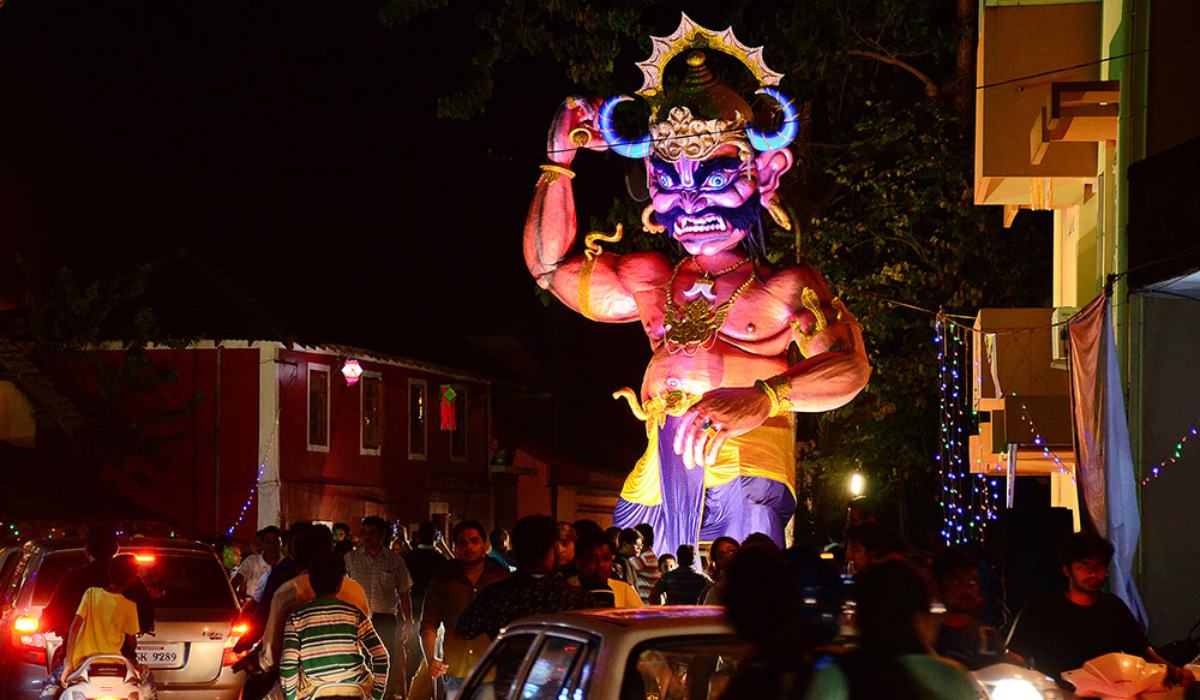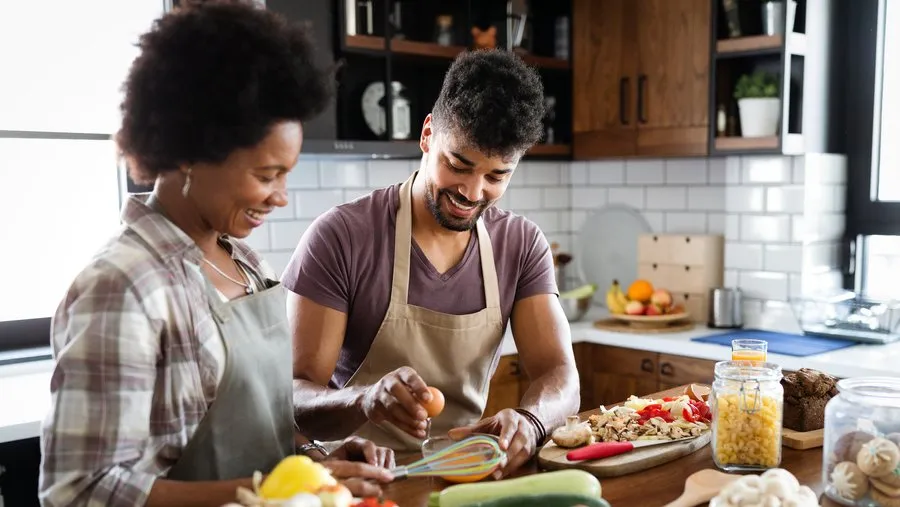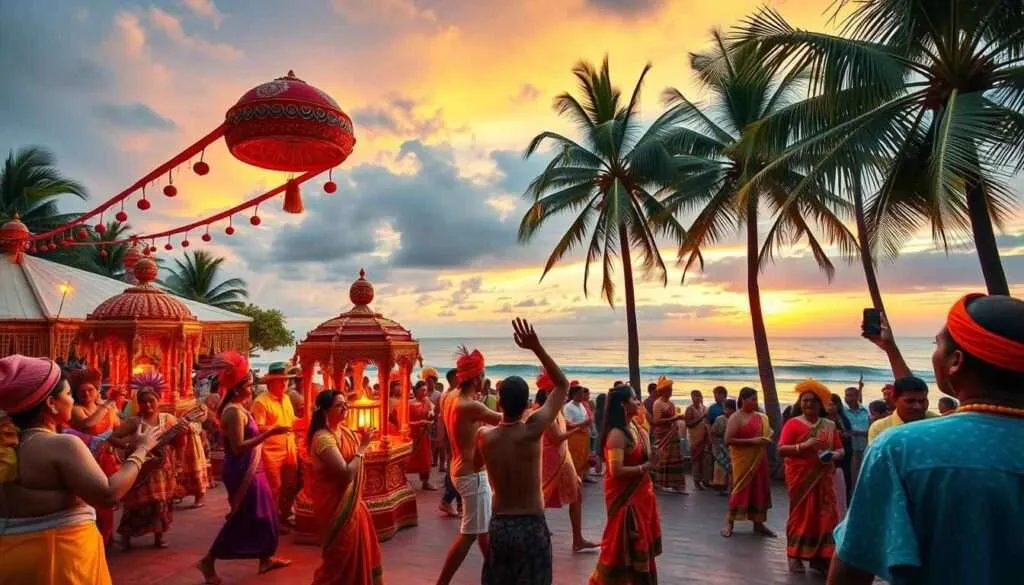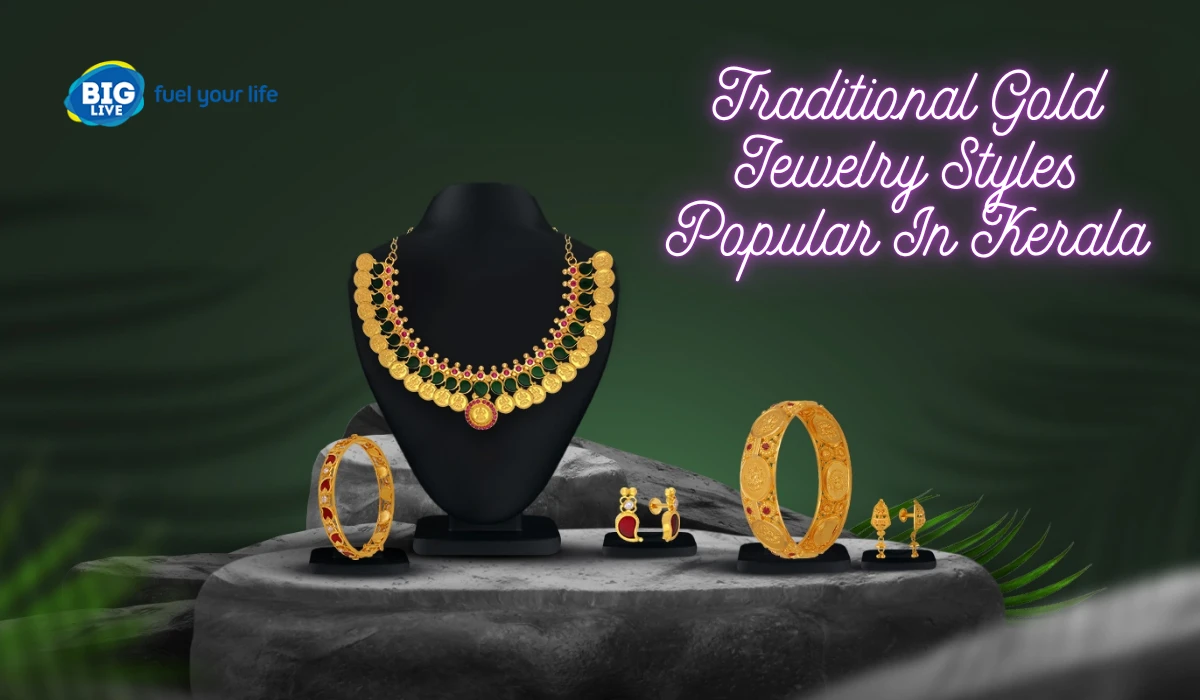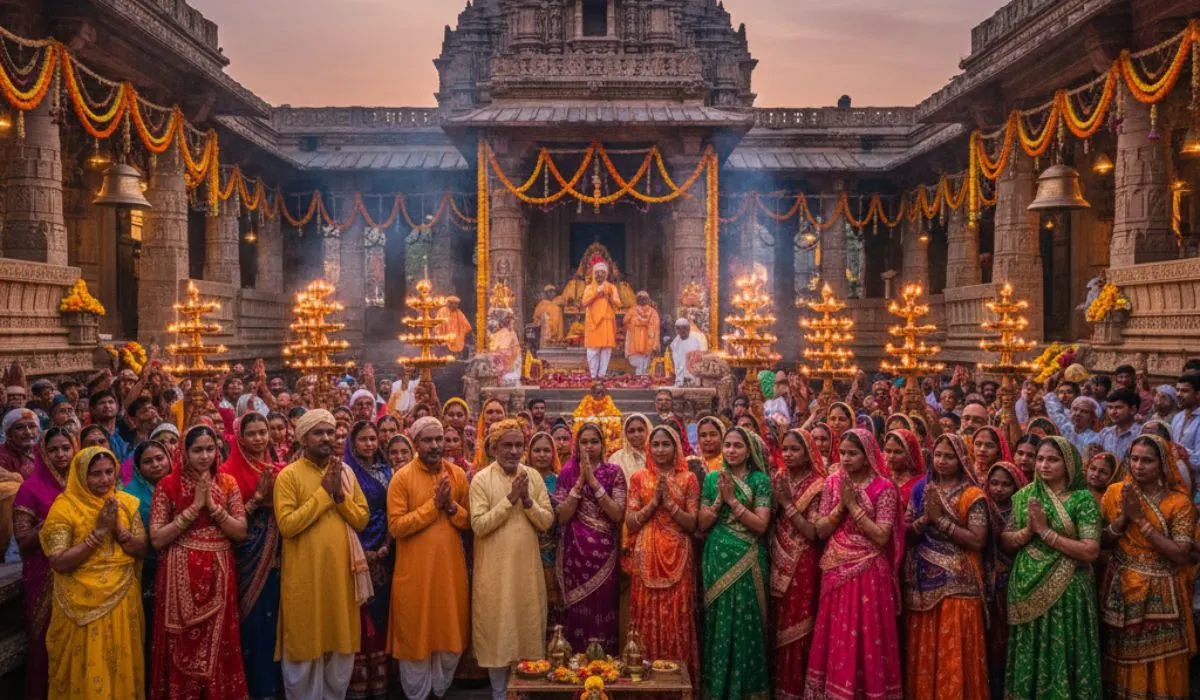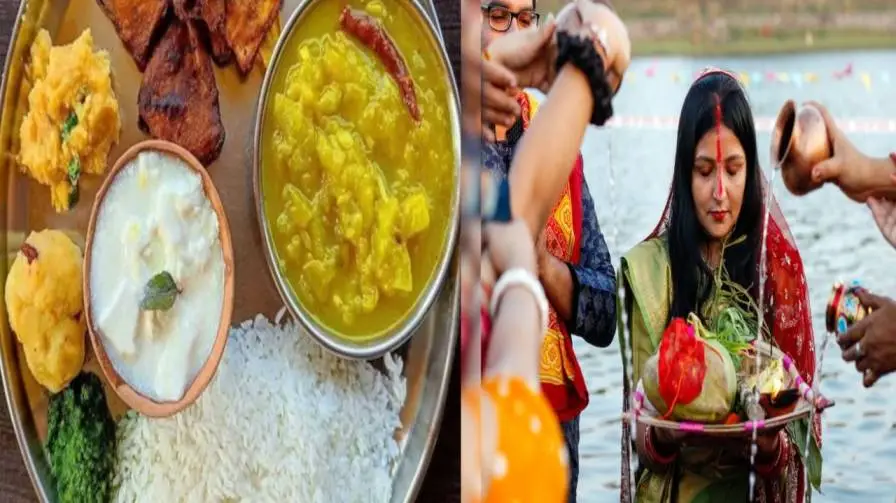When I attended the Narkasur Festival in Goa, I will never forget that. When I was wandering in the streets on the eve of Diwali, huge demon-like figures were towering above me, their color paper garments swishing with the evening breeze. The atmosphere was full of drumming and hyped out voices which gave the impression of orderly anarchy that was both exciting and baffling at the same time.
Goans do not have the same celebrations as other regions of India which aim at Lakshmi Puja and the homecoming of Lord Rama, but a different one which revolves around the slaying of a demon named Narakasura. This incredible convention has become one of the most interesting cultural views that I have ever in India and I am more than eager to explain why this festival is so great and is worth experiencing with my own eyes.
What is the Narkasur Festival Goa?
The Narkasur Festival Goa is a distinctive pre-Diwali festival during which the communities make huge effigies of the demon Narakasura (occasionally spelt Narkasur locally) and then take them through the streets before burning them at dawn. This is the triumph of light over darkness, the good winning over evil and this is the commencement of Diwali festivals in Goa.
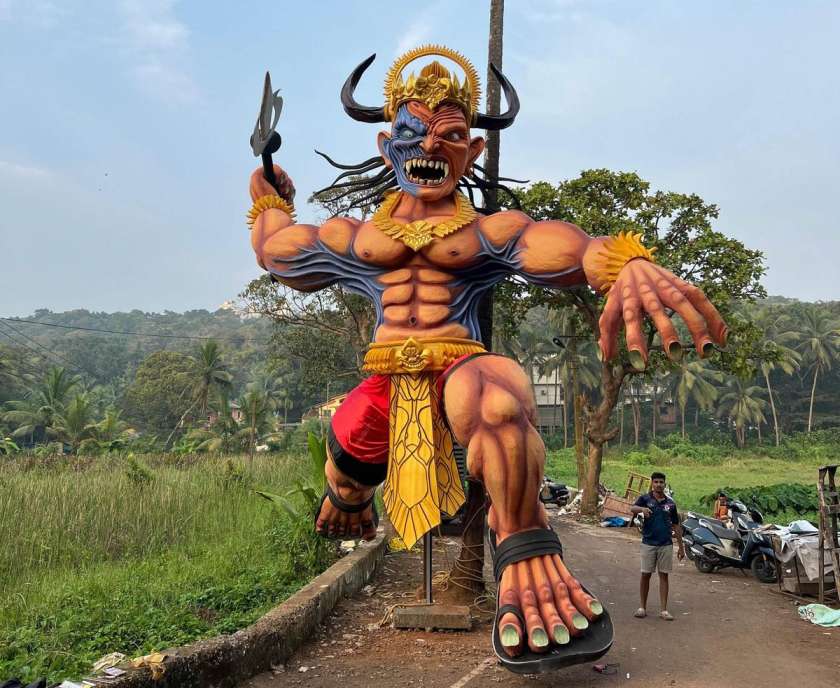
When I was in Goa, I came to understand that the festival was not only a form of burning a statue of a demon, but also a community affair in which the locals could express their creativity and get rid of negativity, as well as maintain cultural traditions that have been passed down to them over many generations. The vitality and the liveliness with which Goans celebrated this occasion is indeed infectious!
Why Goans Celebrate Nakasur Festival?
Goan mythology states that a long time ago, the beautiful state of Goa (then known as Gomantak) was ruled by a demon king by name Narakasura who was so fearsome. He had acquired supernatural abilities that gave him pride and sadism. He caused terrorism wherever he went and destroyed and tortured. The worst thing he had done was to abduct young women by thousands and keep them in captivity.
His rule was very detrimental to the people of Goa who sought the intervention of the gods. This pray was fulfilled when Lord Krishna appeared to the people of Goa on the dark amavasya night of the month of Ashwin. A great fight occurred between Krishna and the army of Narakasura. Krishna finally overpowered the demon king with his potent Sudarshan Chakra (a divine discus) and beheaded him wonderfully liberating the people who were under his oppression.
How Goans Prepare for Narkasur: The Exciting Build-Up to Festival
The creativity of Goa is felt in weeks leading to Diwali. Young adults and children start collecting material to make their Narkasur effigies in all the villages and neighborhoods across the state. I was astonished to hear that in some communities, much time and money are devoted to such works since there are frequent competitions with the cash prize to the most impressive effigies.
The production process usually starts with making a bamboo frame which is weaved to make the framework. After the paddy harvest, this structure is filled with grass and dry hay of the fields. The effigy is then covered with old newspaper and painted with colored strips and paint in bright colors. The mask is particularly designed in hideous-looking features so as to make the demon look as frightening as possible.
Read also :- Diwali in Goa: Narkasur Nights and Fiery Traditions
Rituals and Traditions: Experiencing Narkasur Festival Firsthand
During the evening of Naraka Chaturdazi (the eve of Diwali the day before Diwali), mob effigies of Narkasur are moved in the colorful processions through the neighborhoods, with the bang of the drums and singing. One of these parades happened in South Goa, where I was a part, and the mood was fully charged with the feeling of exuberant anticipation and sense of community.
The denouement is found in the early morning when, after a lot of taunting and insulting the demon, the effigies are beheaded and burnt. The fire is accompanied by fireworks, which illuminate the sky at the early mornings- which is an dramatic demonstration of the good destroying the evil. It was a really memorable experience, the burning fire, the crowd on the other side, and the symbolic triumph of the light over darkness all made this a really memorable experience in terms of senses.
Special Diwali Foods
Indian festivals cannot be complete without special foods and the Narkasur Festival is not an exception. I was served with an array of dishes prepared out of pounded semi-cooked rice (poha or fov) that is made of the fresh harvest at the time. The practice links the festival to being an agricultural festival of harvest.
My visit to the given family revealed that the family prepared five different foods using beaten rice:
- Batata fov (potato savoury)
- A sweet dish made of milk: doodhantle fov.
- Buttermilk or curd fov
- Coconut milk chocolate chip cookies (dairy-free)
- Kalayle fov (a savoury hand-mixed dish)
The dishes were all tasty and were a reflection of the abundance of the harvest season hence the spiritual nature of the festival was linked with the agricultural practices of Goa.
Where to Experience the Best Narkasur Festival in Goa
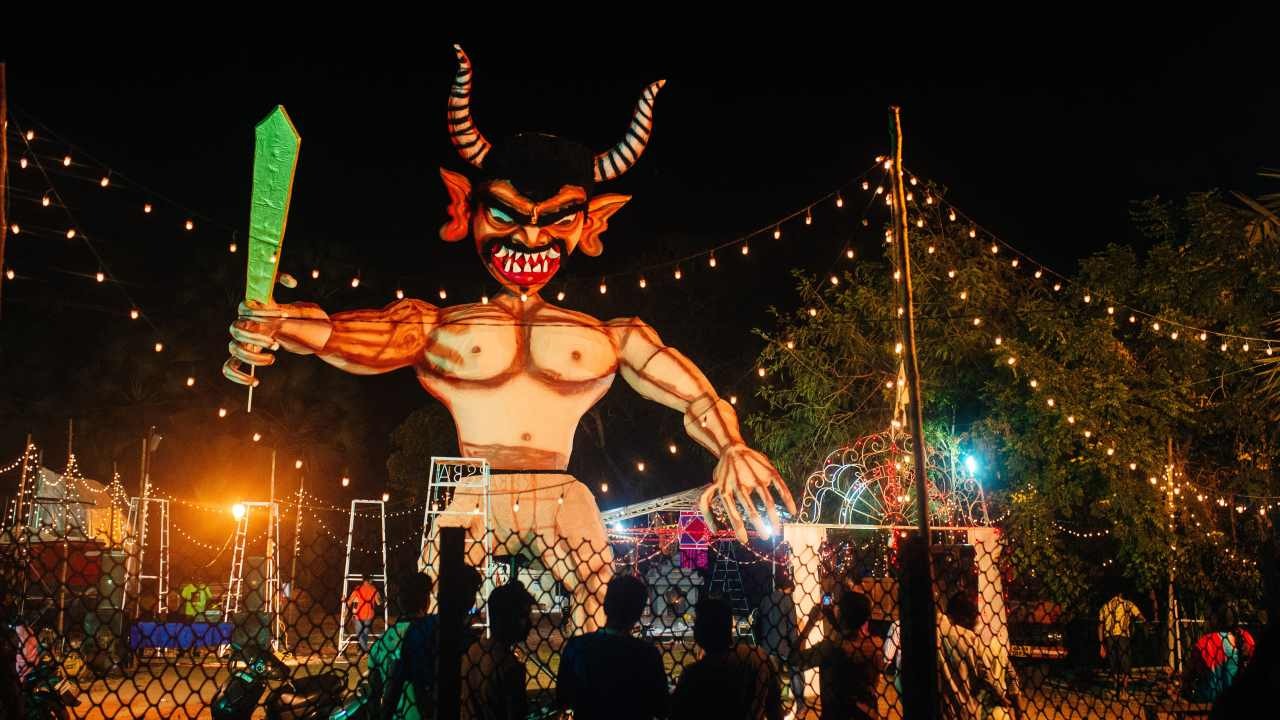
Some of the most popular areas of Narkasur celebrations in South Goa, as per my experience and the advice of the locals, are:
- Palolem Beach: Palolem is famous because of its vibrant ambience, and the beach is not an exception as it can celebrate its India-style festivals with dances, food stalls, dazzling view of diyas (oil lamps) illuminating the beach.
- Colva Beach: This is the most frequented beach, which is lit up during the Diwali festival with the fireworks that are spectacular, the night sky being illuminated, followed by the traditional music and dancing shows on the beach.
- Margao: Margao being one of the largest towns of South Goa, it presents a multi-color of customs during Diwali. Streets are illuminated and local markets are full of loud stalls with sweets, traditional clothes, crafts and more.
The Deeper Meaning: Why Narkasur Festival is Important to Goans.
My discussions with local people brought to my attention the fact that the Narkasur Festival is a lot more than a mere spectacle of burning demon effigies. It is used as a cultural reference that strengthens the values of a community, maintains the culture of craftsmanship, and imparts valuable lessons to the younger generations about moral aspects.
The festival also states that good always prevails over evil, yet it also recognizes the fact that everyone has light and darkness in them. The act of burning down of the Narkasur effigy symbolizes the elimination of the bad aspects of every individual- greed, arrogance, cruelty and selfishness.
Awareness and Evolution of the Environment
In recent years, the ecological aspect of the festival has become an issue of concern especially on the materials the festival uses as effigies and the fireworks that come with burning the effigies. However, the effigies were traditionally prepared of waste products such as hay (that is easily available after the paddy harvest) and waste paper, and with limited fireworks.
Such practices are being revived by many communities as they go back to more environmentally-friendly traditions utilising natural materials and decreasing the use of fireworks. Such a development demonstrates that Goans are striking a balance between preserving cultural and being responsible to the environment, as the festival is no longer only about overcoming mythological demons, but solving contemporary issues as well.
The Future of Narkasur Festival: What to Expect in 2025
According to my observation, Narkasur Festival Goa is being increasingly drawn by the local as well as foreign tourists. This increased interest not only opens the economic prospects of the local people but also creates issues of whether authentic cultural essence of the celebration can be maintained.
In the 2025 celebrations, I anticipate the addition of more crated viewing points when the tourists are visiting, the availability of more information in different languages and even specific tours dedicated to the festival. Although this will help the visitors to enjoy the experience more, I hope it will not water down the community aspect that makes the festival so special.
Conclusion
My visit to the Narkasur Festival in Goa left me with the strong feeling of how the cultural traditions can brightly make mythology a living breathing thing and as a result connect the people in a community better. It is not just a festival, but a living tradition that can appeal to all the senses and express the ageless truths about the triumph of the light over the darkness.
It is either the fantastic visual effects, the abundance of mythological tales or a chance to experience the real cultural practices that the Narkasur Festival is an unforgettable event that reflects the cultural distinctiveness of Goa beyond the well-known beaches and the night life.



